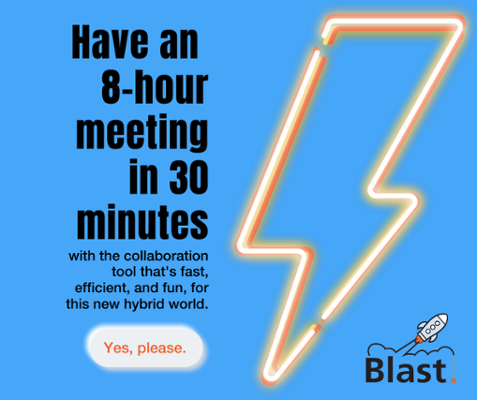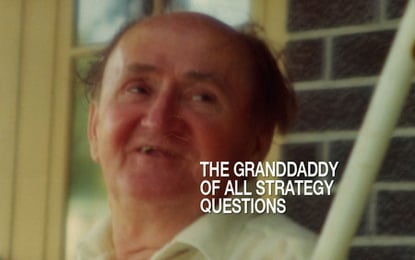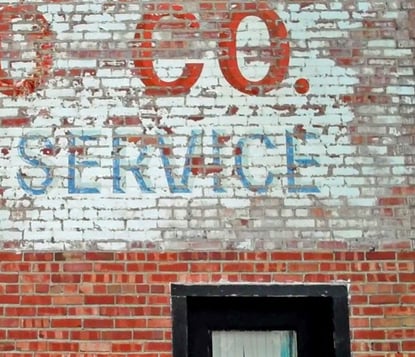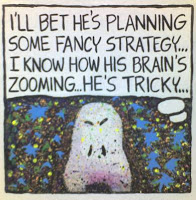Why has our organization been so open and quick to innovate in ways we haven’t been previously once the pandemic hit? Executives have been asking me some version of this question a lot lately because they have been surprised by the innovation pace during the pandemic. As they’ve seen their organizations focus on survival, develop systems to enable new work processes, and figure out how to function, they’ve experienced remarkably rapid, innovative ideas and implementation.
Have you experienced the same thing at your organization?
If you have, you’re probably wondering, as are these executives, about how to sustain this innovation pace going forward.
Here is my response to what’s driving innovation during the pandemic, plus steps to attempt to sustain the innovation pace into the future.
To Stay Viable, Every Organization Has Had to Transform
The first development driving greater innovation rests on a strategic change framework that we first developed and shared in 2012. Since then, it’s become a staple as we launch any significant client strategy planning engagement. Where an executive thinks they are among the quadrants and where they want to move to suggests their appetite for change.
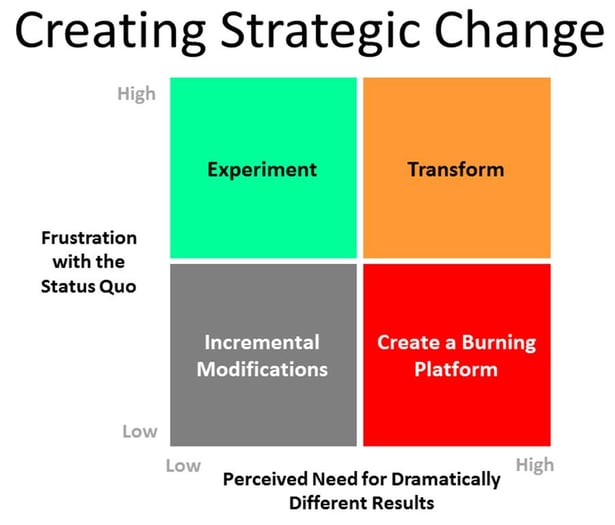
As originally envisioned, the x-axis indicates how broadly and strongly the organization embraces a push for dramatically different results. The y-axis suggests the degree of frustration within the organization over how things have been and appear to be going. It suggests that the basis for transformative change depends on both a broad push for different results and a strong frustration level with how things are currently going.
Since its development, we continue to refine our thinking on this framework. We’ve refined how we describe the axes and quadrants, plus expanding the tool to highlight the implementation and communication strategy implications of each quadrant. (If you want to go deeper into its potential applications, check out our Strategy for Success course. You’ll learn about strategic change and straightforward tools to update your strategy now and at any point in the future.)
We’ve mainly applied the framework to think about driving change internally. Then March 2020 hit. Suddenly, every organization globally was forced to change – some willingly, some kicking and screaming – based solely on environmental changes. Those external changes are why organizations could accelerate innovation in ways they couldn’t have imagined even a few months earlier.
To better explain the sudden (and surprising) changes in the pace and scope of innovation, let’s make a small change to the y-axis. Think of the scale on the framework’s left with the label: rate of innovation barriers crumbling.
Then, consider how quickly innovation barriers crumbled in a massively accelerated fashion, both organizationally and personally for employees. At an organizational level:
- Familiar hiding places for executives and others to dodge innovation disappeared
- Typical game plans and avoidance techniques to resist and thwart innovation evaporated
- (Nearly) every in-person technique and structure to protect the status quo had to be suspended
For individuals, suddenly new work methods and strong motivations also worked against historical innovation barriers:
- Remote working forced new (and often, dramatically different) interaction patterns
- Job insecurity lit a fire for finding ways to align individual work activities with what matters for an organization right now
- Executive and non-executive naysayers to innovation found themselves pushed from their familiar routines, creating new opportunities for change
Plotting all these developments that pushed upward on the y-axis along with massive external changes driving things right on the x-axis suddenly moved every organization into the Transform quadrant.
Yet that’s just part of what has been happening.
All These Changes Fuel Big Creativity
Another significant aspect to fuel major and immediate transformation during the pandemic springs from what we call extreme creativity.
After developing scores of questions and exercises that lead groups and individuals to imagine bigger possibilities, we organized the most productive ones based on four thematic categories explaining what makes them work:
- New and different constraints
- Radical shifts in perspective
- Unheard-of permissions
- Exaggerated boundaries
The early weeks of the Coronavirus pandemic pushed, as we’ve never seen before, on all four of these scenarios.
We’re faced with massively dramatic proximity and economic constraints. Remote work and needing to think about daily comings and goings in previously unimagined ways created major perspective changes. As organizations scrambled to recreate customer experiences that had to accommodate new realities, previously unimaginable permissions to try new things were readily granted. Finally, traditional, buttoned-up business boundaries were blown to smithereens.
With all four extreme creativity themes on over-drive, it’s no surprise that organizations started innovating in ways never before imagined.
How in the World Will You Sustain the Innovation Pace?
How to sustain today’s innovation levels is the big question everyone has been asking.
While we use exercises to help people imagine strategic change and potential major creative opportunities to innovate, there’s nothing like a real crisis to bring them to life. Yet, an organization can’t afford to live in perpetual crisis.
From personal experience, the biggest changes happen when there is:
- Singular organizational focus
- Extended freedom to ask for forgiveness instead of permission
- Broad celebration of people who are trying to make change happen – whether it works every time or not
- Clear penalties for people and behaviors that block innovation
As I told a client who asked about sustaining innovation, this translates to a change in management approach.
A Blast of Innovation
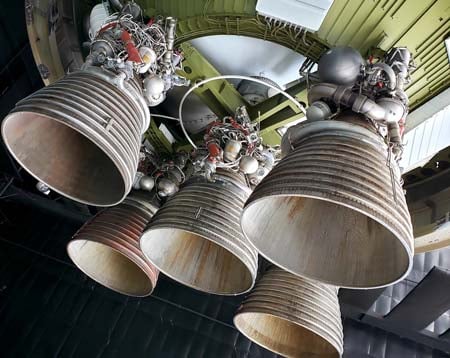
An important first step in that change is to quickly document how the organization responded during the current innovation push. It’s time right now to understand what fell away, what held up, and how people adapted and invented to accelerate innovation.
That’s why we’re facilitating a thirty-minute online collaboration with her executive team this week before all the changes become part of, “We’ve always done things like that.”
This collaboration, called a Blast, isn’t another Zoom meeting or video conference. It’s an anonymous, real-time, online exercise. We provide an eight-question strategic exercise and facilitate your remote team as everyone shares their answers (via typing ideas and responses) all at once. We find that Blast participants share, on average, at least one idea per person every minute. With her fifteen-person team and a fifteen-minute sharing window, we expect to document nearly two hundred suggestions about what enabled innovation. These will be ideas that the executive can incorporate into her going-forward management approach.
If you also want to sustain your organization’s recent innovation pace, email me at mikeb@brainzooming.com or give me a call (816-509-5320). Let’s get a Blast collaboration scheduled right away. We can facilitate it for you this week. It's step one in sustaining your recent innovation pace so you can be ready for all the changes and opportunities that lie ahead.

